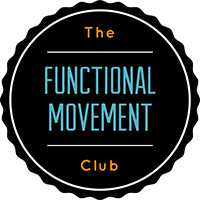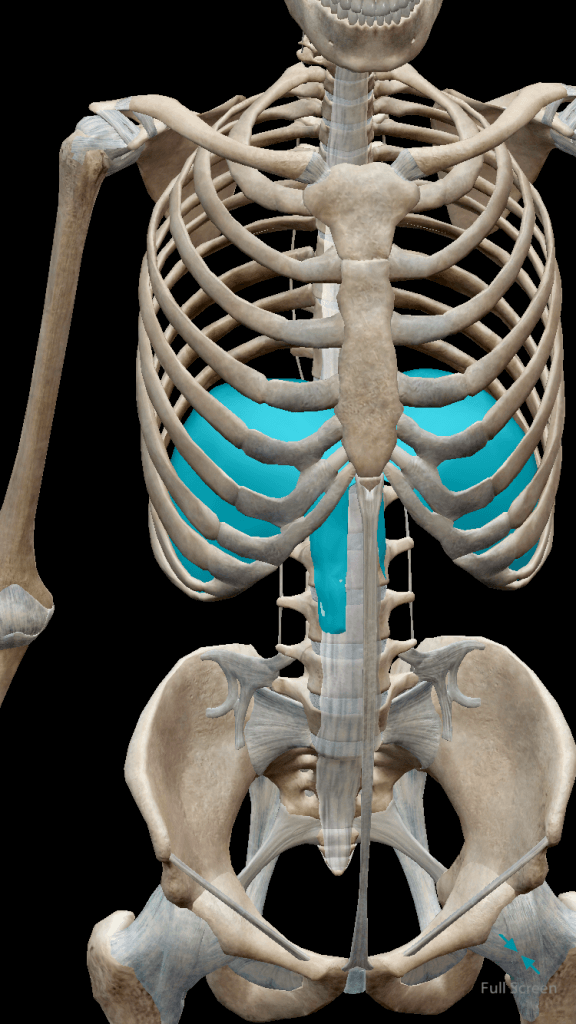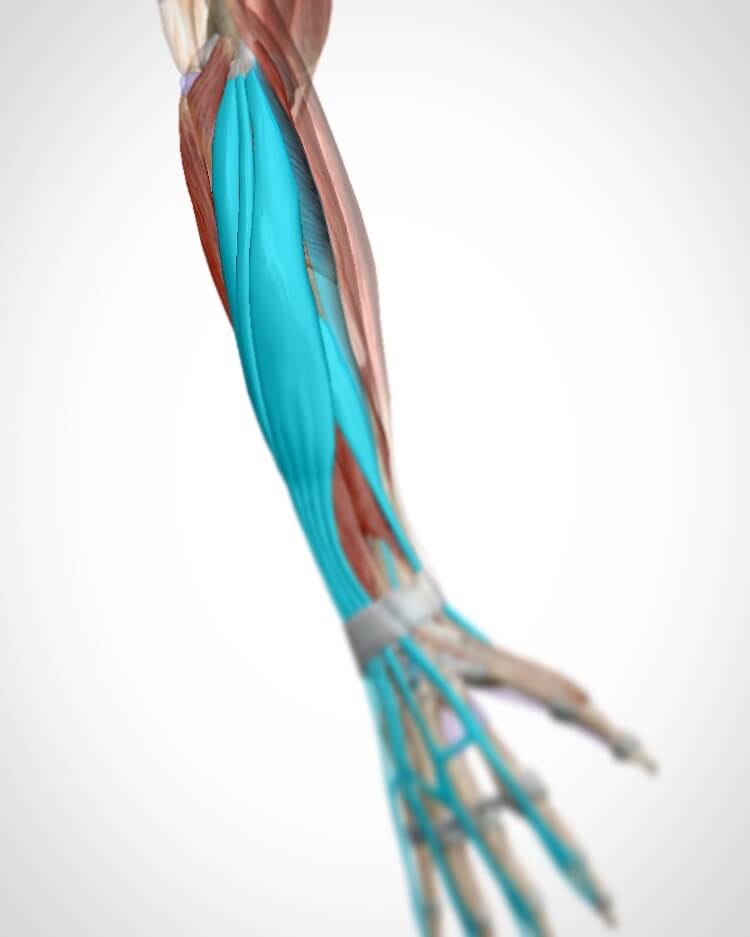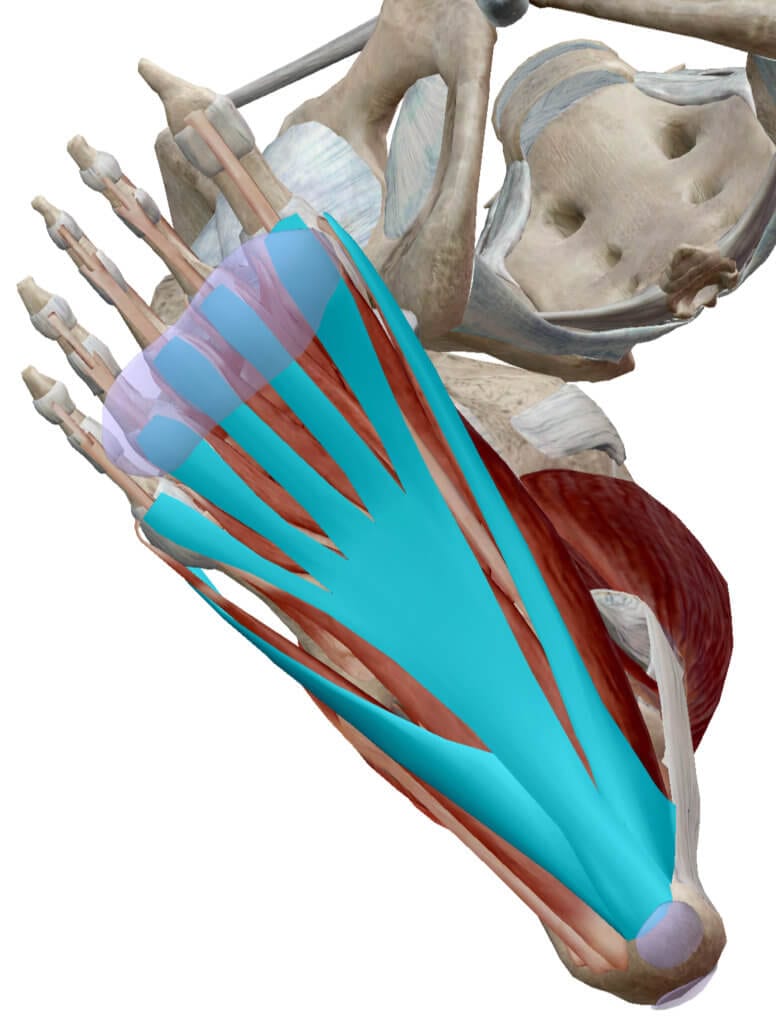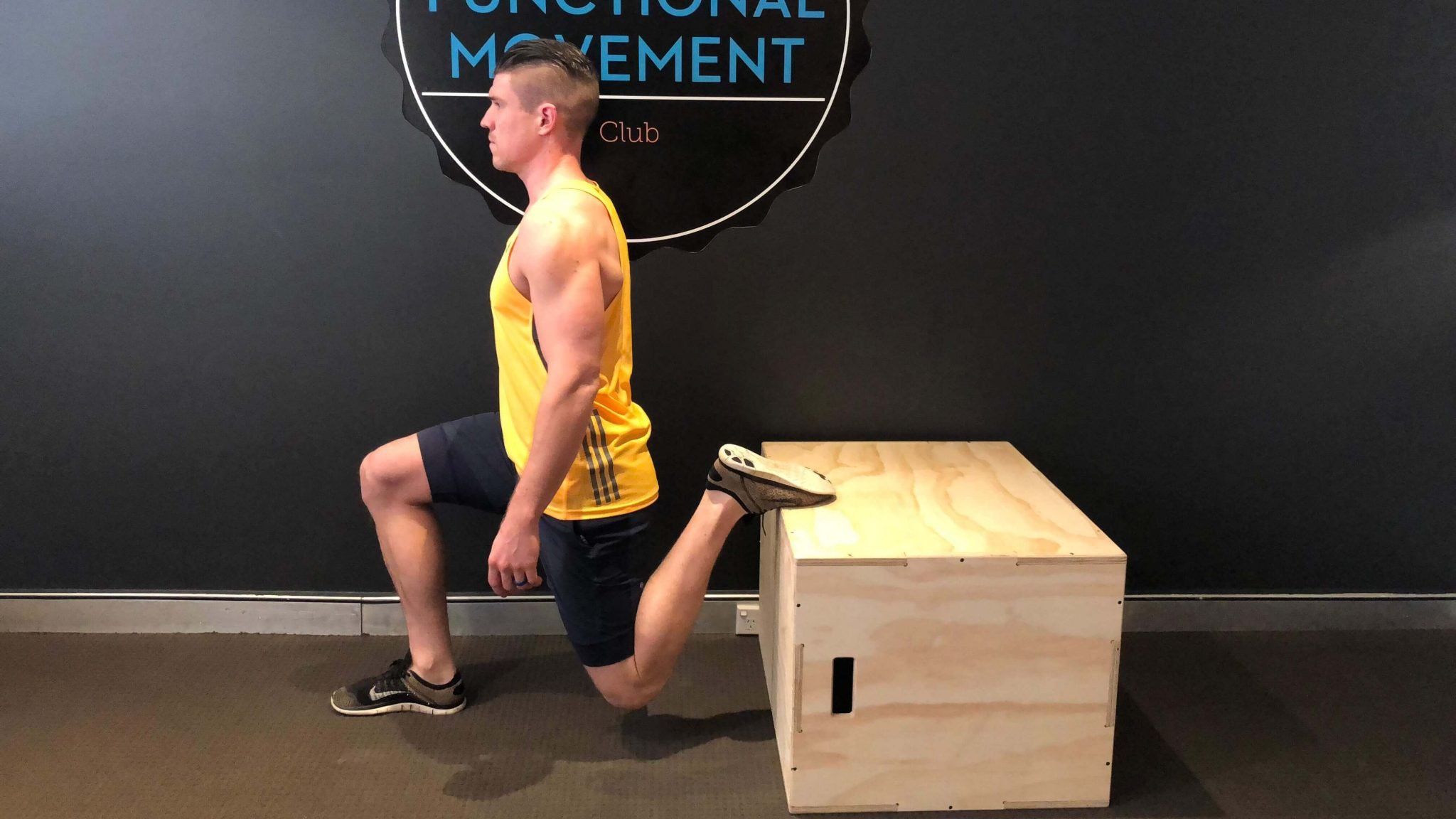
Movement Patterns: The 6 Fundamentals You Need To Be Training
Intro
If you want to be a well-rounded human and Move Better, Feel Better, Be Better. You need to be working on these six movement patterns. These are the six fundamentals because if you can perform these big six perfectly, there isn’t much you can’t deal with on a day-to-day basis.
They are also the building blocks for more complex movements, such as Olympic lifting, kipping, plyometrics (dynamic), or HIIT. They start with the following, but once you master them, the sky is the limit:
The 6 Fundamental Movement Patterns
- Hinge
- Squat
- Lunge
- Push
- Pull
- Carry
When most people think of these movement patterns, they relate them to gym exercises. But these patterns are movements we perform multiple times daily as we go through our day to day routines.
- Squat – getting in and out of a chair, sitting on the toilet, getting in and out of a car.
- Hinge – Picking something up off the floor, the first movement of the squat, lifting a suitcase up
- Lunge – picking something off the floor if you have tight hamstrings, patting a dog, a transitional movement between gutting up off the floor.
- Push – pushing someone away, helping push a broken down car, getting up off the floor after laying on your stomach, Putting something in the top cupboard
- Pull – pulling a loved one in for a hug or kiss, Grabbing something out of the cupboard, helping someone up off the ground, pull-ups.
- Carry – Carrying the groceries to the car or home, grabbing a laptop out of the back seat of your car to carry it home, carrying a suitcase or bag, taking the garbage out.
I think you get the point.
PSST . . . Heres a FREEBIE I made for you
The Movement Pattern Hierarchy
Whilst these are the fundamental movement patterns, there is also a hierarchy of variations available for each movement pattern. You use them daily, so they need to be practised (not necessarily with a barbell).
The Hinge:
The King of all movements. It will save your back a lot of pain in the future (if you nail it) or be blamed for your back pain (if you butcher it). The Hip hinge maintains a stable trunk and lower body whilst moving through the hips (think of a door hinge where the piece attached to the door is locked in and the part attached to the frame is rock solid).
When this happens, you limit the demands placed on your lower back as a stabilising structure (for more info on this, check out What’s Mostability? What do I NEED to Know About IT?). If you aren’t stressing your lower back out, you won’t get lower back pain. If your back is stronger than the demands you are placing on it, It won’t give you pain signals.
The prerequisites for a rock-solid deadlift are:
- Core bracing
- Straight leg raise: 90*
- Ability to touch your toes
- Lat activation
The Squat:
Probably the most functional movement we teach, you do a heap of squats every day. Muscle imbalances and pain occur if your form isn’t correct. The squat starts with a hip hinge and then coordinated bending of the knees until you reach your required depth. You don’t need to go full ass to grass depth (and in some circumstances, due to the anatomy of the hips, you won’t be able to get there without some compensation in the lower back). Still, you should be able to at least get in and out of a chair (so the thighs are parallel to the floor) with your body weight.
The Prerequisites for a superior squat:
- Core bracing
- Ankle mobility – knees past toes
- Hip mobility – knee above the hip (for box squats), knee to chest (ass to grass squats)
- Knee stability – able to perform ¼ squat without knee caving in
The Lunge:
The lunge develops the stability portion of your lower limb exercises. It starts to bring in more foot and ankle, knee and hip stability. Whilst you won’t load them up as much as the double leg squat and hinge patterns. When done correctly, they will significantly improve your numbers on these lifts and improve your balance and performance when walking or running.
Variations on the lunge include:
Split Squat:
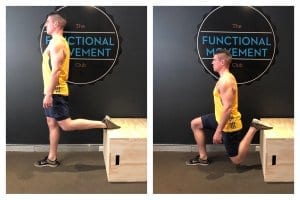
Forward Lunge:
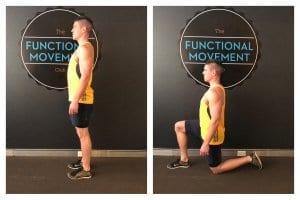
Backward Lunge:
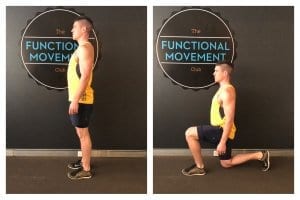
The Push:
The first movements that jump to mind are the bench press and the push up for this movement pattern. Probably two of the most common exercises seen in the gym. They also happen to be the two most commonly butchered movement patterns you will see.
Although they seem pretty simple on the surface, they require a complex interplay of trunk stability, shoulder tension, and muscle coordination to even get you up off the floor for a push–up. The push–up should be mastered before attempting any other form of push.
Keys to getting your first push-up or perfecting your current push up include:
- Create tension in the shoulders by screwing the hands into the ground
- Start the push with a serratus push-up to connect the torso to the trunk
- Engage the core to maintain a solid plank rather than a floppy pool noodle
- Think long through the spine to keep your neck and back in proper alignment.
Still need help: Try the Serratus push–up first:
Serratus Push Up:
Once you are all over the horizontal push and creating tension in the shoulders and integrating trunk stability, repeat the process with the vertical push:
- Create tension in the shoulders
- Stack the joints
- Drive from the core
The Pull:
As with the push the pull, we break it down into horizontal and vertical movements. Many people know about the pull-up, but few people incorporate the horizontal pull into their program. The horizontal pull shoulder is dialled in before the vertical pull to prevent shoulder issues.
As with the push patterns, the horizontal pull teaches shoulder stability and trunk integration. Two horizontal pulls should be incorporated into your strength program for every vertical push/pull and horizontal push variation for bulletproof shoulders.
Try instead:
Bent-Over Row:
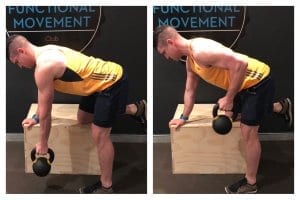
Serratus Pull:
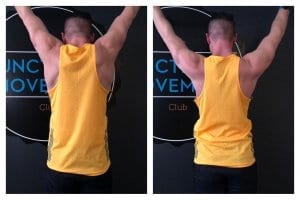
Banded Lat Pull:
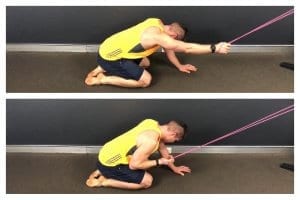
Pull Up:
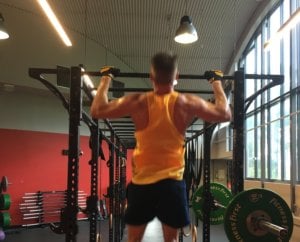
The Carry:
Probably the most straightforward exercise to see how this fits into our day to day life. The carry is the epitome of functional movements. Think walking, running, sprinting – basically any sport you will play in your life. But like everything, we must learn to walk before we run. Just because you can run doesn’t mean you should run. Walking and running is something we sometimes take for granted as humans. Almost everyone does it daily, but it is a complex interaction of single-leg strength, stability, coordination, and integration.
The trunk needs to integrate the upper body and lower body, the leg needs to be stable and robust enough to hold us up, and we need coordination to make sure we don’t trip over our own 2 feet.
Develop your farmer carries:
Double Suitcase Carry:
Single Arm Suitcase Carry:
Overhead Farmers Carry:
As with all these exercises, start with the basics and focus on form. Once confident, you can begin to add load and keep it varied, engaging, and prevent your body from overuse injuries.
Need Some Extra Help With Your Mobility? Why Get In Contact with Us Below.
Check out our Online 12 week back pain to back training program. (Click Here)
